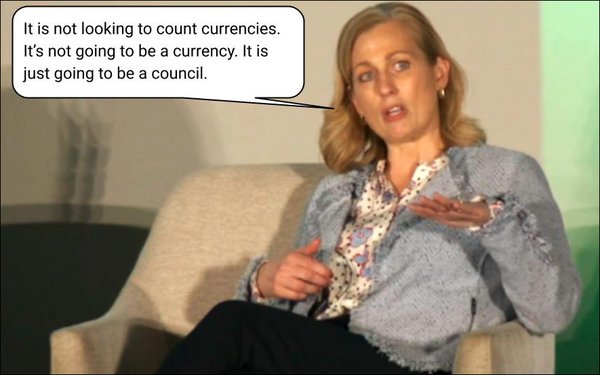
More light was shed on the sell-side push to
create a so-called “JIC” that would certify multiple new advertising currencies used to buy and sell TV and premium video advertising.
Speaking during a panel discussion
at the Association of National Advertisers’ (ANA) media conference on Friday, Group Executive Vice President Bill Tucker described it as something that would have a “different operational
structure than international JICs,” which normally stands for “joint industry committee,” and then asked Video Advertising Bureau Executive Vice President Danielle DeLauro to explain
what it actually is and how it differentiates from the Cross-Media Measurement platform being developed by the ANA with input from the VAB and others.
It may be a nuanced divergence,
but DeLauro went on to describe it not as a “committee,” but a “council.” In fact, she used the word "council" six times in her explanation, but never referred to it as a
committee.
advertisement
advertisement
Beyond that descriptive difference, she characterized the council as “publisher-led” and being driven by five of the VAB’s members, with the VAB’s
involvement.
“This council is for something that is cross-screen,” she explained, adding: “It’s different in that it is not cross-media. It is cross-platform.
It is something that is meant to be in the cross-platform landscape.”
Specifically, she said the council was conceived to deal with the fact that the TV industry’s legacy
currency -- Nielsen’s panel-based TV ratings estimates -- “are going to be retired as of September 2024,” and there “has been an acceleration within the industry to try and
find alternate solutions and really coming out with new ways of measuring television.
“What this council is looking to do is to really support the idea of a multi-currency
future.”
DeLauro said that while the council will create certification standards for new currencies for “cross-platform” measurement unifying linear TV and
streaming audience estimates, it is:
Beyond that, DeLauro said, it will ultimately be up to “buyers and sellers” to determine which currencies they actually use in their negotiations, implying that the ad industry
is in store for a whale new era of haggling over what currency to use -- that may make the old days of Aribtron vs. Nielsen (local TV), or MRI vs. Simmons (magazine audience) data look quaint by
comparison.
In terms of how the council’s certified cross-platform currencies would interoperate with the ANA’s Cross-Media Measurement system, she said they are two very
different but related things.
The currencies will be used by buyers and sellers to negotiate ad deals, but they will be able to input that data into the ANA’s cross-media
measurement system to calibrate it with other media-measurement data in order to account for the impact of each in their campaigns, adjust their ad buys and “reallocate” ad budgets if and
when necessary.